How to cover the roof of the house cheaply and reliably? The answer is here! A lot of photos of finished designs from the best materials
When choosing the best material for a house roof, it is difficult to rely on just one single criterion. An ideal roof is required to be strong, beautiful, and resistant to damage of a different plan. Therefore, the material is selected depending on the priorities of the owner of the future home. In fact, any material meets one or another of the requirements - the buyer only needs to determine them.
These are the basic material requirements for a modern roof for a private house:
- Durability refers to the ability of a roof to withstand climatic effects and accidental physical damage. It is determined by the chemical properties of the material and its strength.
- Any modern material is required to be environmentally friendly. This is useful not only for the environment, but also for the health of residents at home.
- Design decisions of modern buildings are very unusual - so the coating must be flexible enough to take the necessary shape.
- Appearance is also important - so before buying it is worth looking at the photo of the roof covering for the house.
Ceramic tile
One of the earliest materials for roofing - ceramic plates, tiles. They are based on clay, calcined at a very high temperature - not lower than 1000 ° C. The properties of the shards depend on the quality and processing technology - frost resistance, strength, durability.
And, if before the manufacture of tiles was a difficult and long process, then in modern factories they provide all the necessary conditions. After firing, dark red tiles are covered with glaze or engobe - these substances make them stronger, additionally protect from moisture, ultraviolet radiation. In addition, they can add dyes, thereby giving the roof the desired shade.
Benefits
- Ceramic shards are strong and durable - the roof will not collapse even after 100 years.
- This is a rather ancient invention, but it still has not gone out of fashion - houses covered with tiles look stylish.
- The tile protects the house not only from rain and snow, but also from high and low temperatures, from noise.
- Ceramics hardly absorb moisture, especially if processed with glaze. In addition, it does not respond to ultraviolet, acid and radiation.
disadvantages
- Heavy weight;
- When building, you need a certain angle of inclination of the surface;
- Tiles - the most expensive option in the catalog of materials for roofing.
Ondulin
Ondulin is a cellulose fiber pressed under high temperature. They are impregnated with special solutions that allow the layers to better adhere to each other, protecting them from chemical influences.
Dyes can be added to the mixture to set the desired color for future sheets. The result is light and thin (3 mm) sheets curved by the waves. This material is popular in Europe due to the fact that it contains exclusively organic substances.
Ondulin is used not only to cover the roof, but also for peaks or arches, roofs for arbors. The reason for this is the variety of possible colors, water resistance and ease of installation.
Benefits
- Due to the special treatment, it does not absorb or leak water, even if placed in a pond. Neither rain, nor hail, nor snow is terrible for the roof of ondulin.
- This material is not susceptible to chemical and biological effects. This is also due to substances that impregnate cellulose fibers.
- Sheets of ondulin have a very low weight, which facilitates the work of builders.
- To lay the material on the roof, ordinary tools and superficial skills in construction are enough.
disadvantages
- With improper installation, the ondulin loses its strength - despite the fact that the sheets themselves do not withstand the load too much.
- Since this material is completely organic, it burns faster than tile or slate.
- The material is short-lived - over time, its colors begin to fade, and sometimes a fungus starts.
Metal tile
Metal is most often found in cold climates, on roofs, which primarily require strength and durability. In fact, it is a profiled metal coated with a layer of polymer and modified under the tile.
All this is designed to protect the metal from climatic influences and moderate physical effects. The main components may be aluminum, copper or steel.
Benefits
- By strength, the metal tile is in first place among roofing coatings. It is able to withstand both single blows and long loads.
- The metal tile is a very compact material, while it has a small weight. This does not overload the load-bearing walls of the building.
- The durability and reliability of this material allows you to cover the roof once, and no longer worry about it. Roofs made of metal can stand for decades without repair. Given the affordable prices for one sheet, this material is considered the most practical.
- A high-quality metal roof for a house is fireproof, since the substances in its base are not combustible.
disadvantages
- Due to the strength of the sheets, the installation of metal tiles is very complicated, and requires a large consumption of material.
- During precipitation, metal shocks sound very loud - additional soundproofing of the ceiling will be required.
- Although the metal tile repels water, condensation may form on the inside if it is not properly treated.
Professional sheet
Often, a professional sheet (profiled sheet) is used to cover warehouses or small stores. These are sheets of galvanized cold-rolled steel, which are superimposed on one another like tiles, but are connected differently.
Lightweight, impact resistant and relatively cheap material is good for budget buildings. The corrugated board is coated with a polymer coating that protects the steel from corrosion, acid and high temperatures - most often it is pural or polyester.
Benefits
- The professional sheet is lightweight, shockproof and compact, and therefore it is easy to mount and move. If you need to quickly cover a large area, it is better to use corrugated board.
- It is fireproof - steel sheets will not allow the fire to spread.
- Profiled sheet can be covered with paint of any color and texture, "masking" under other types of roofing for the roof of the house.
- Environmental friendliness and low price.
disadvantages
- The main disadvantage of this material is zero sound insulation, even sound amplification. So, raindrops will sound like a drum roll, throughout the building.
- Although high (or low) temperatures do not affect the protected sheet, it still heats up (or cools) without preserving the room temperature - additional protection will be required.
Slate
Slate is used not only to cover houses, but also for the construction of fences and barriers. It is a dried mixture, bonded with absinthe. Dyes and substances that strengthen the composition can be added to it.
Depending on the composition, there are many types of slate. Therefore, if you have not yet decided how to cover the roof in the country, pay attention to the slate.
Benefits
- This material is durable and durable - it is able to not crack and not bend after decades.
- It is not susceptible to rust, and does not heat up so quickly, in comparison with other roofing.
- In case of fire, such a roof does not ignite.
- Slate is easy to repair and install, and at the same time it is inexpensive.
- Slate does not let the noise of hail or rain.
disadvantages
- Under the influence of very high temperature, the slate cracks - which slightly reduces its fire safety.
- The strength of this coating is due to its density - therefore, slate sheets weigh from 20 kg.
- Slate does not well repel water, because of which it quickly grows with moss, or absorbs moisture.
Photo tips on how to cover the roof of the house
Bathhouse in the country: design, construction and insulation with your own hands (100 photos)
Two-story house - successful projects for private residential houses and cottages (130 photos)
Hazel - planting and care. Where does the shrub grow? All features and useful properties of fruits
Join the discussion:
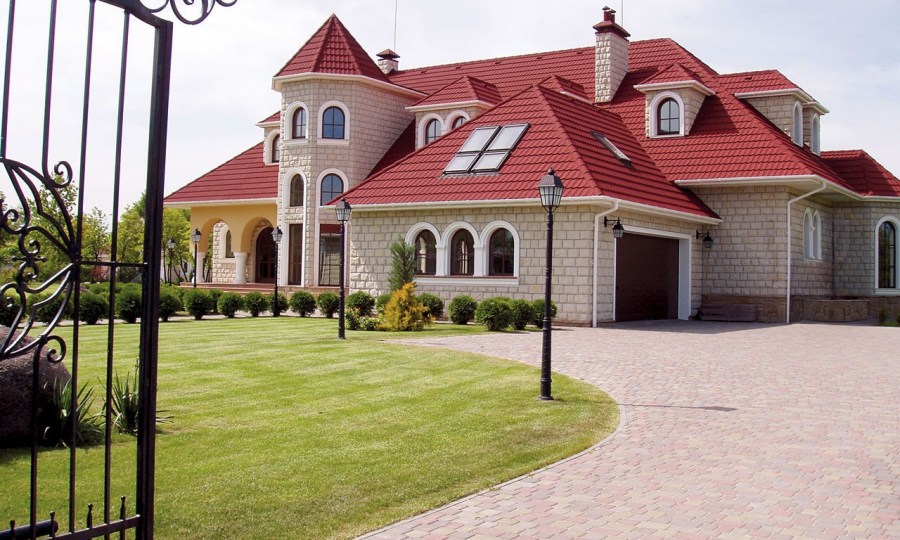
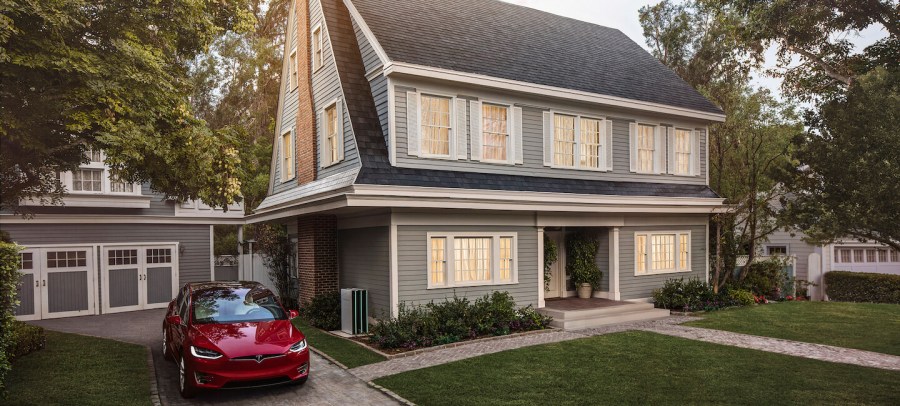
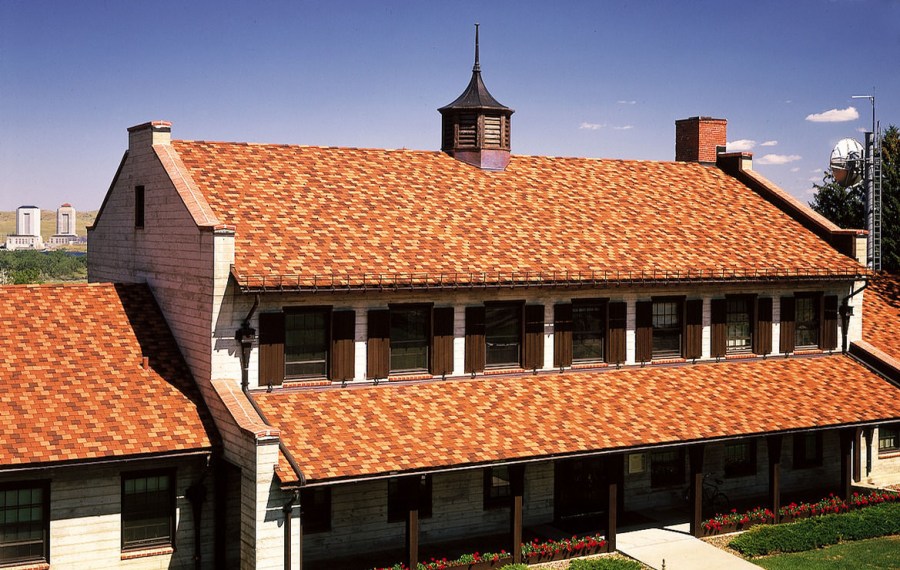
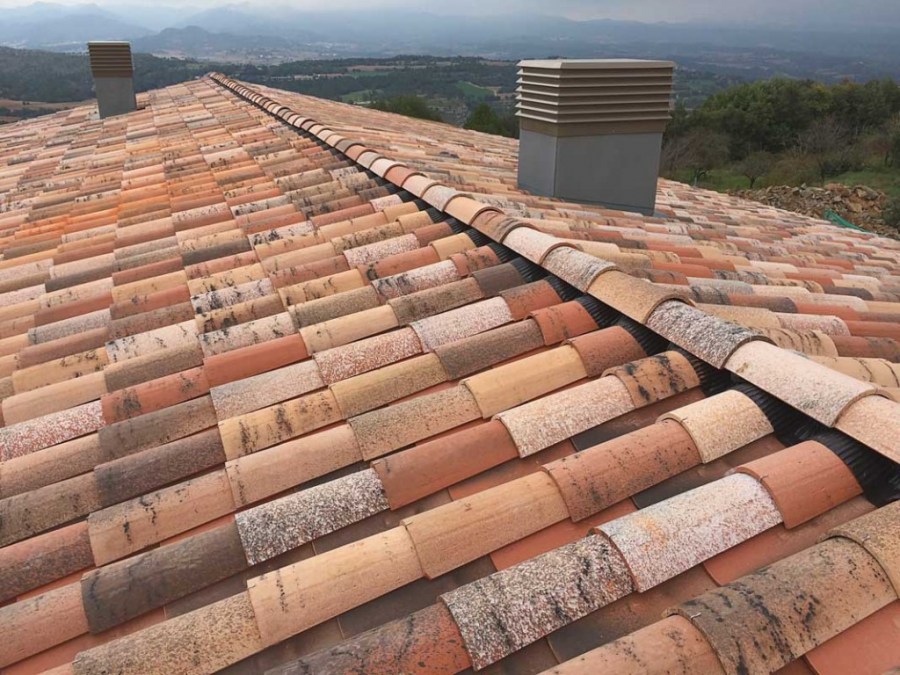
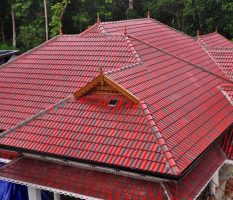
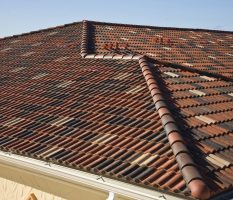
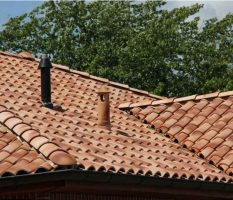
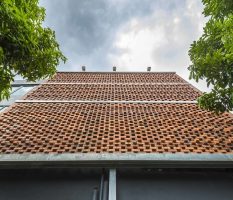
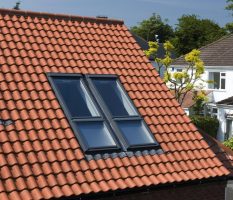
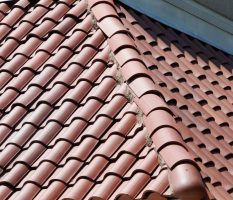
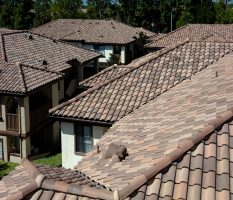
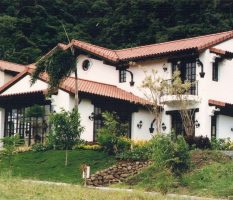

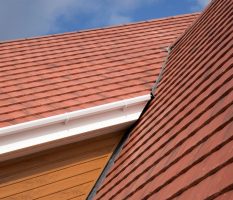

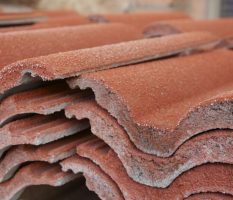

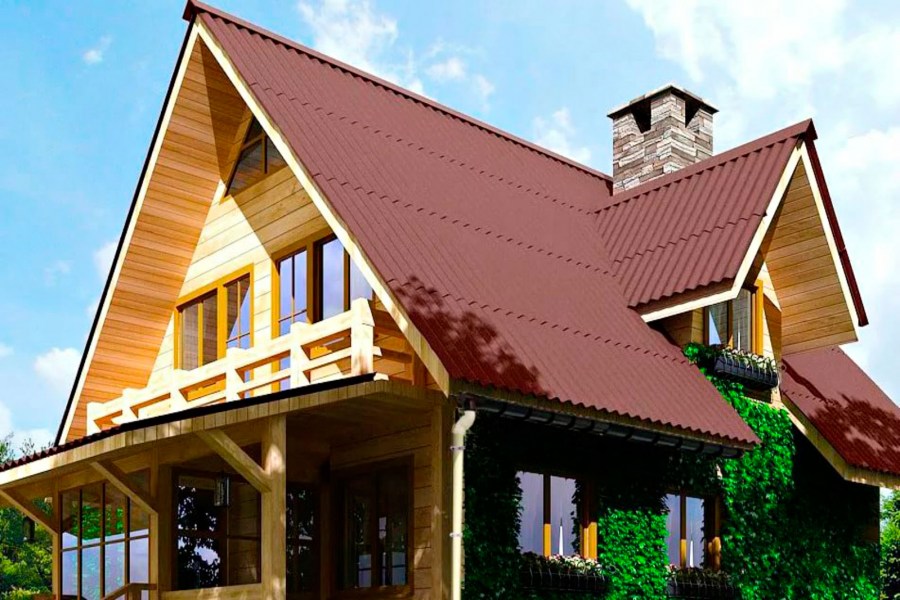
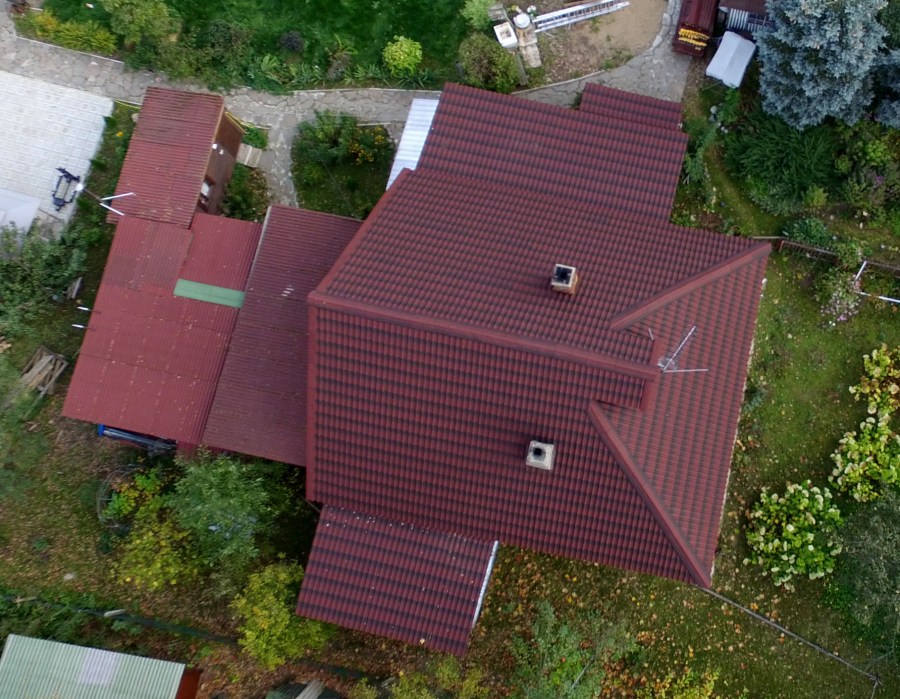
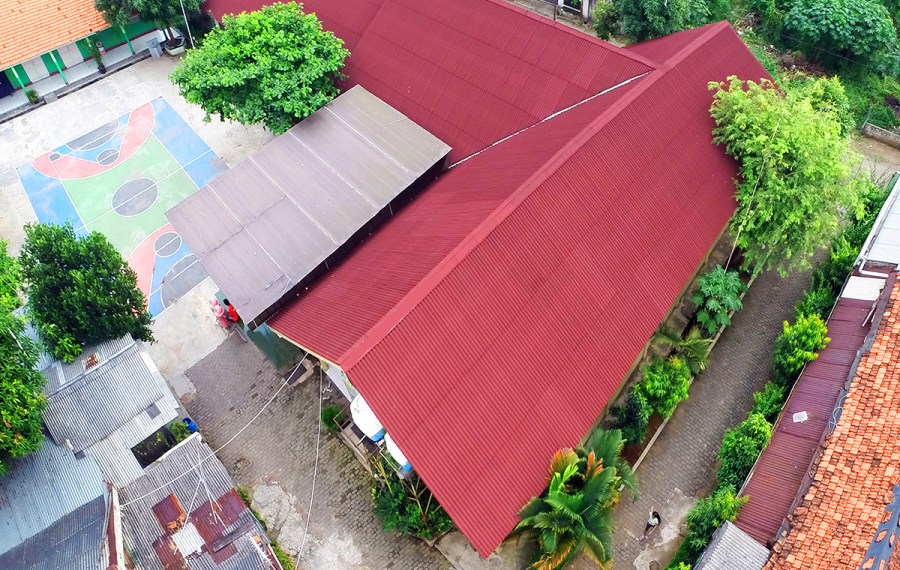
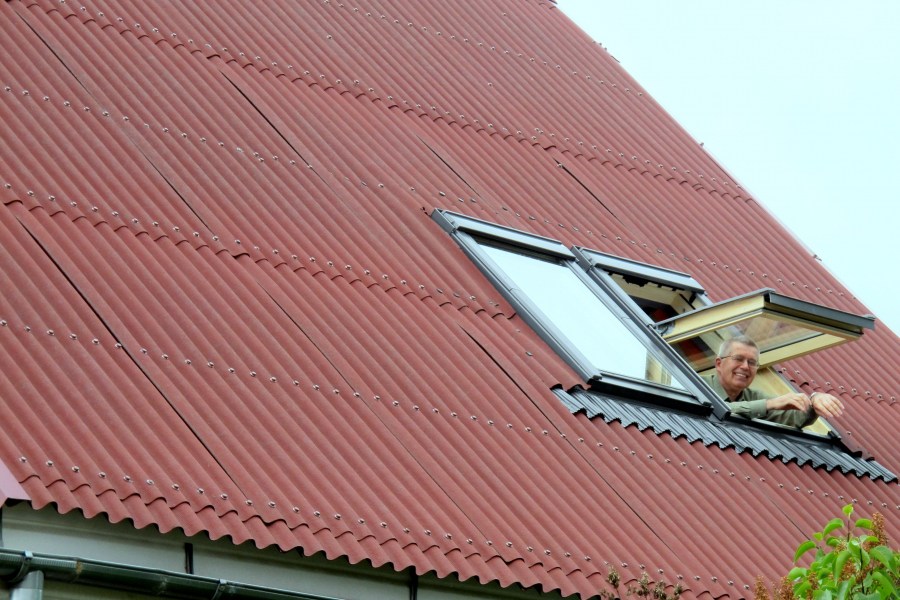

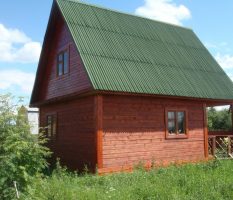
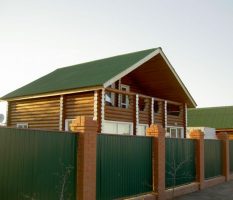
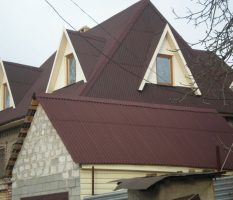
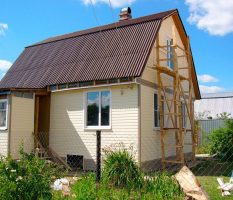
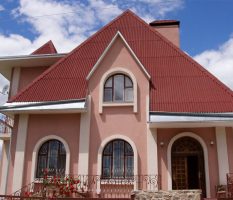
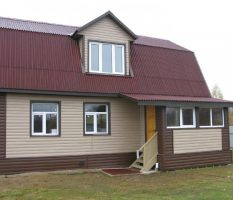
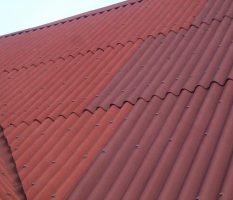
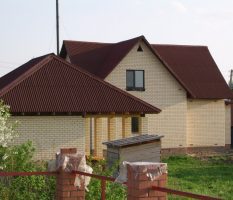


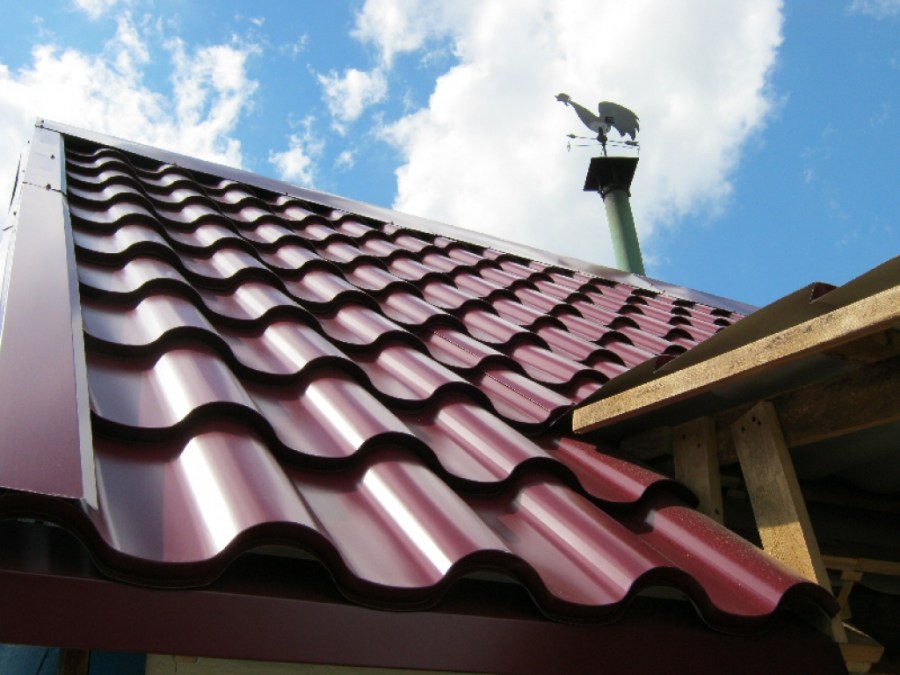
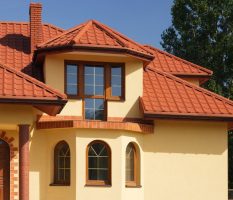
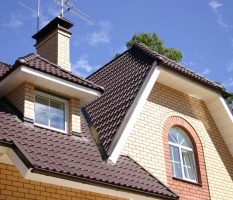
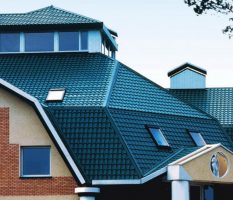
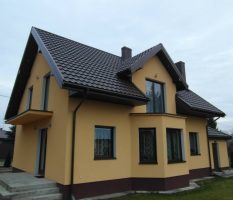
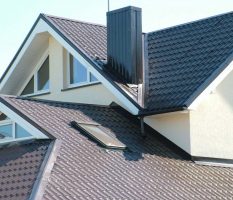

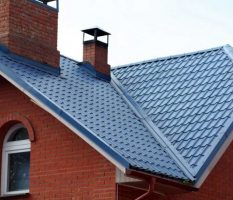

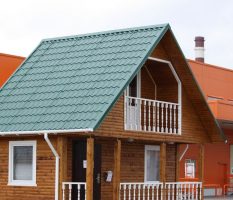


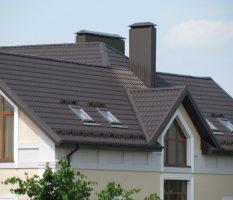
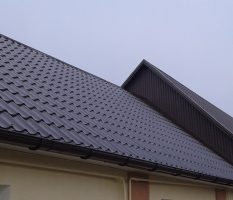
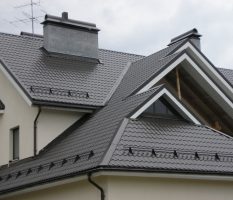
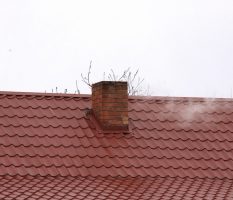
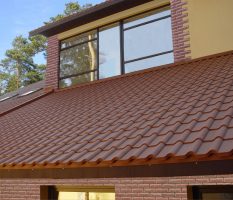
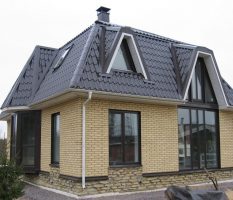
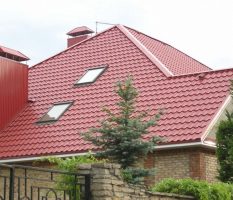
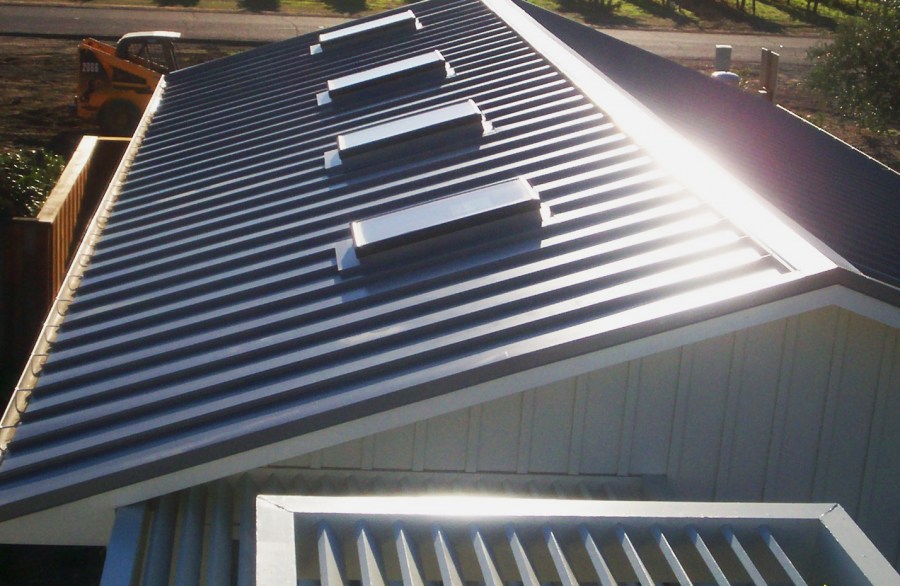
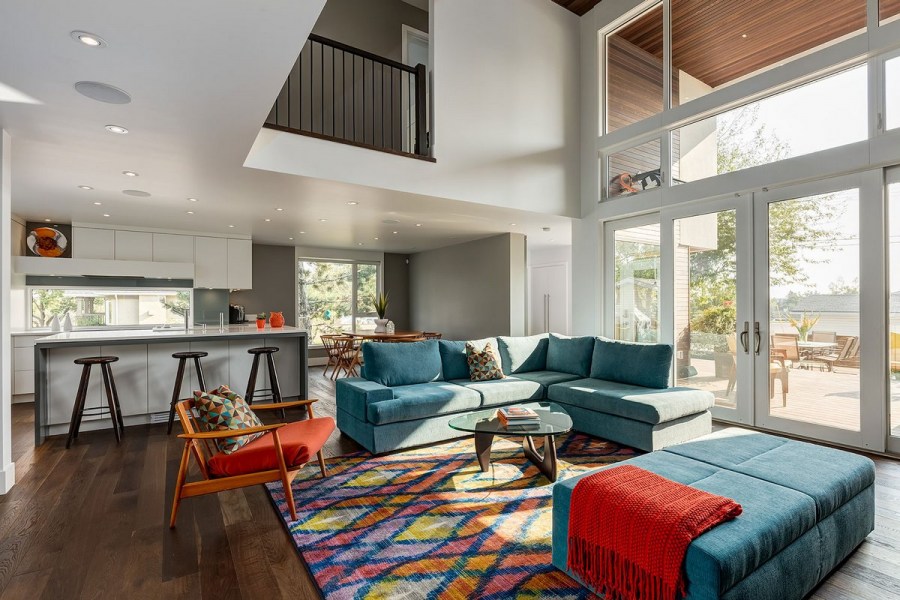
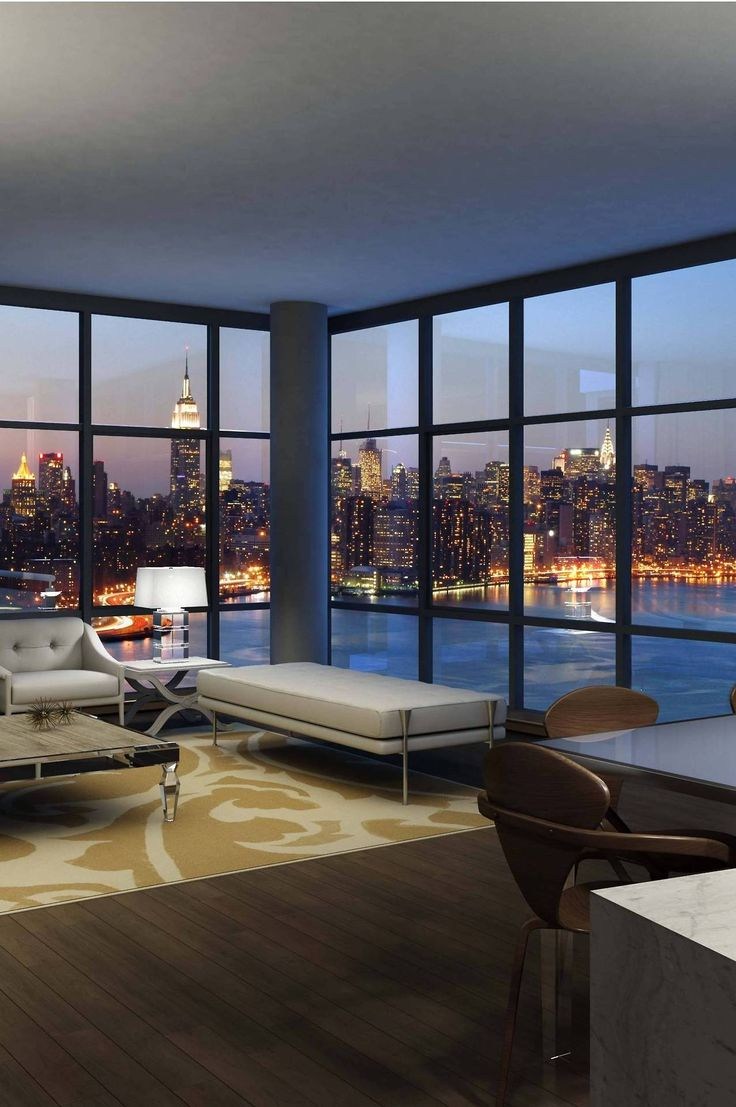
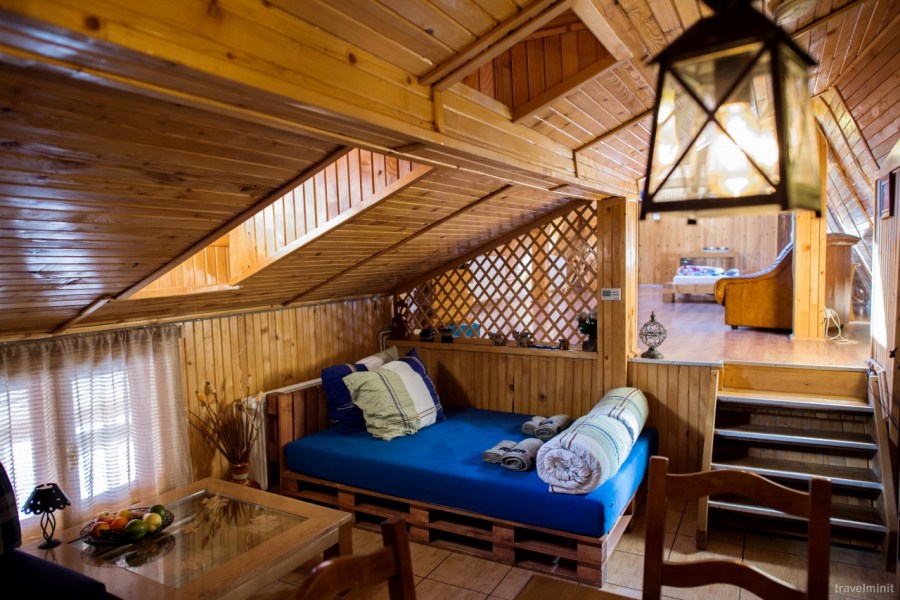
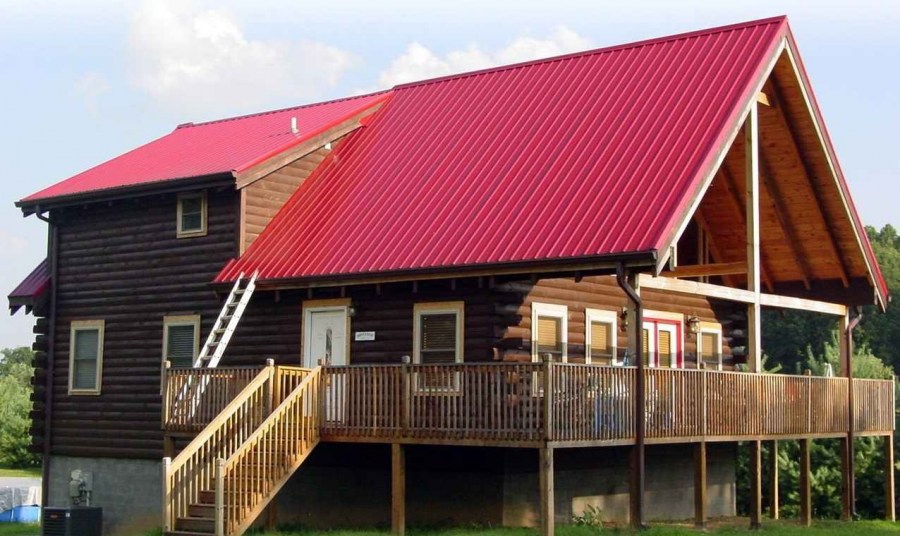
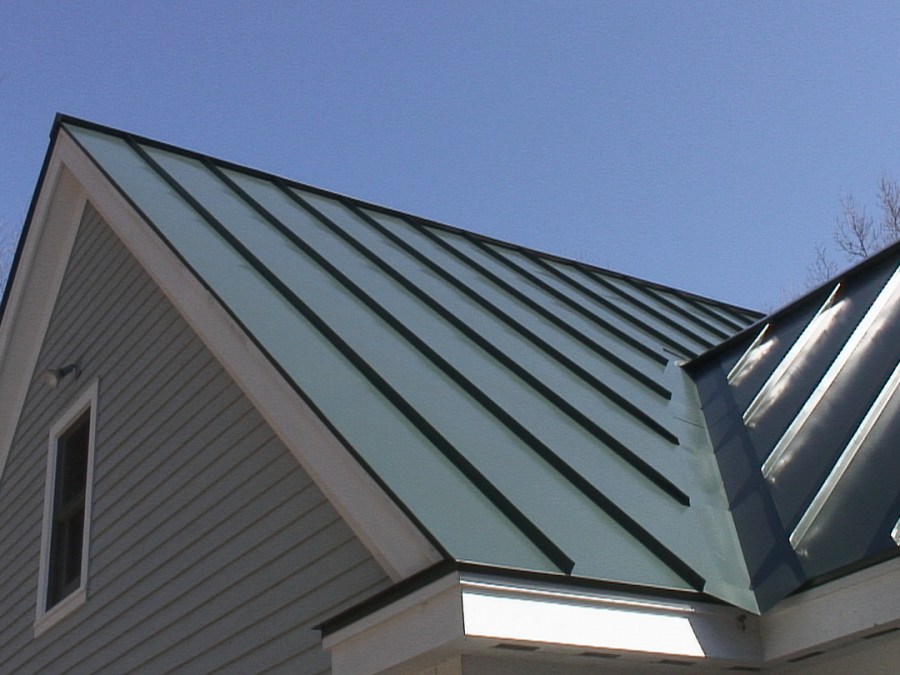

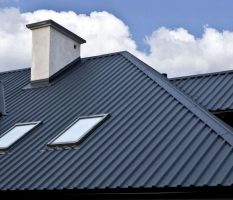

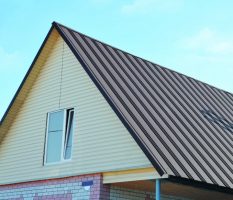
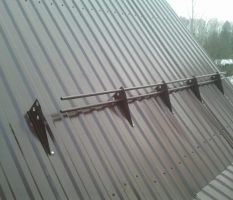
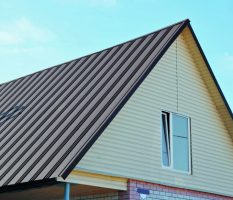
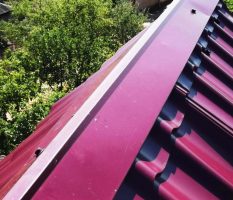
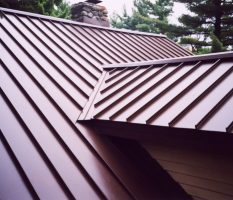
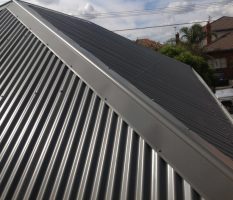

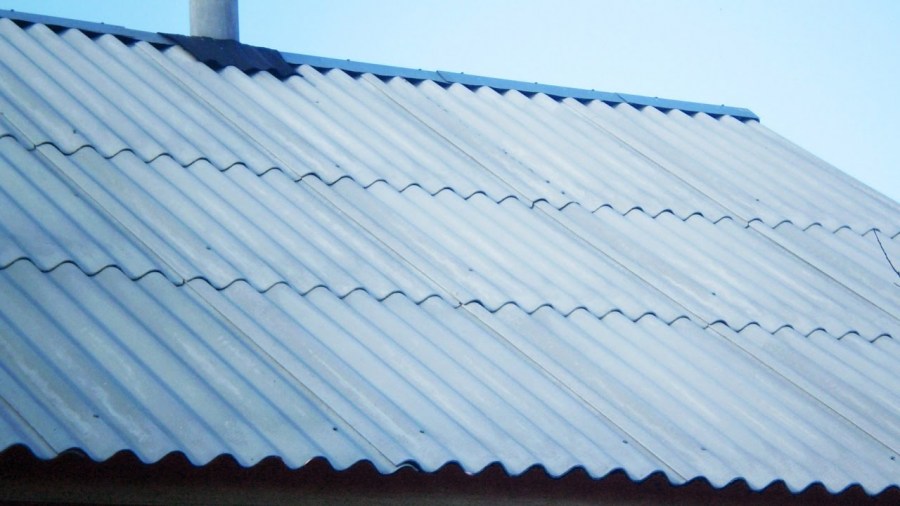
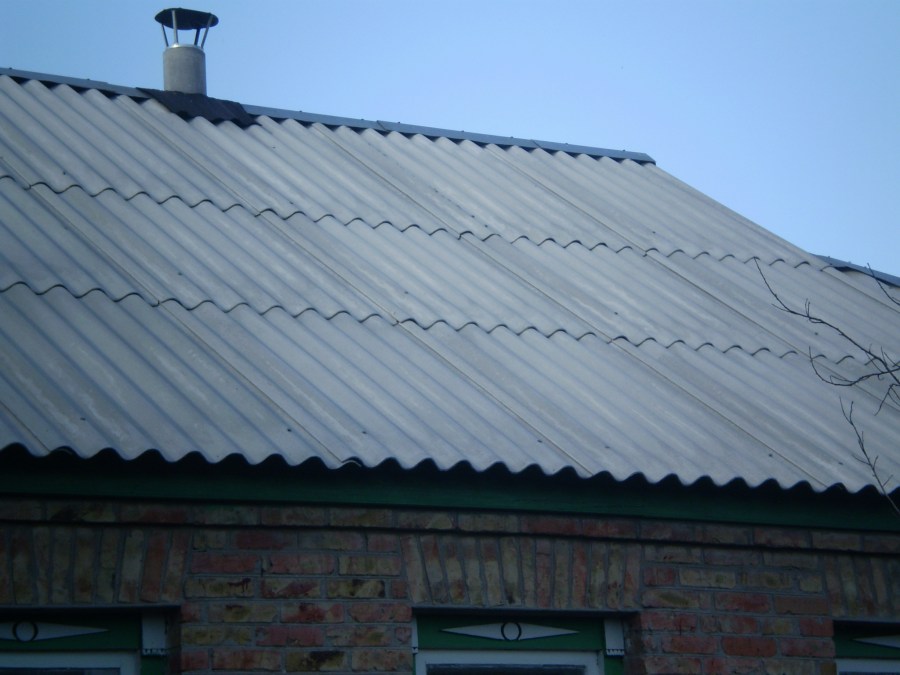
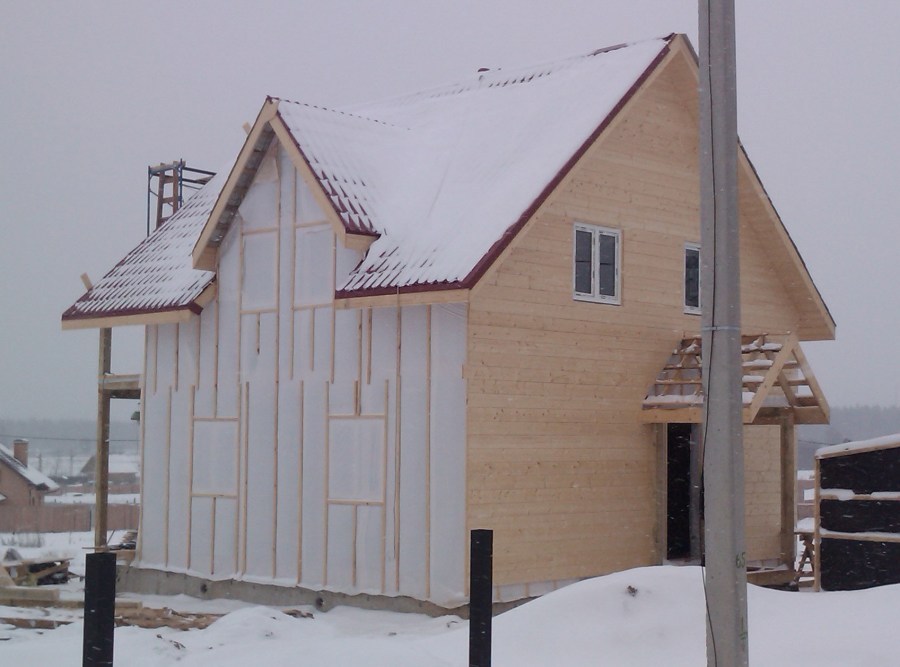
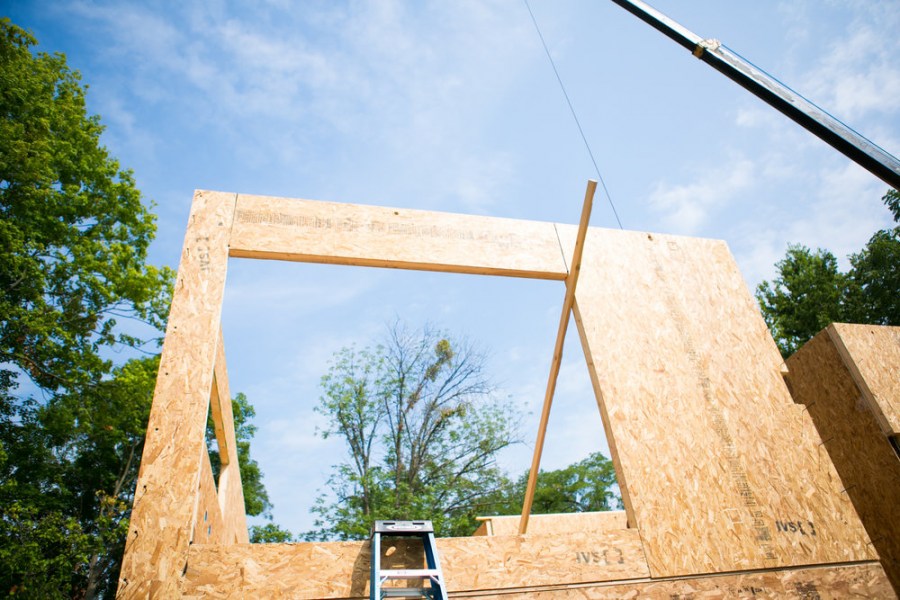



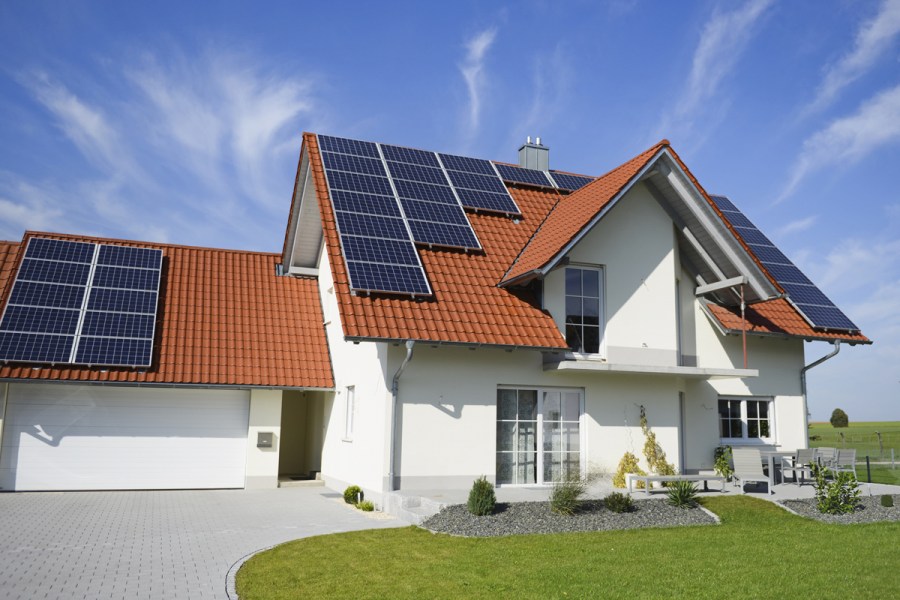
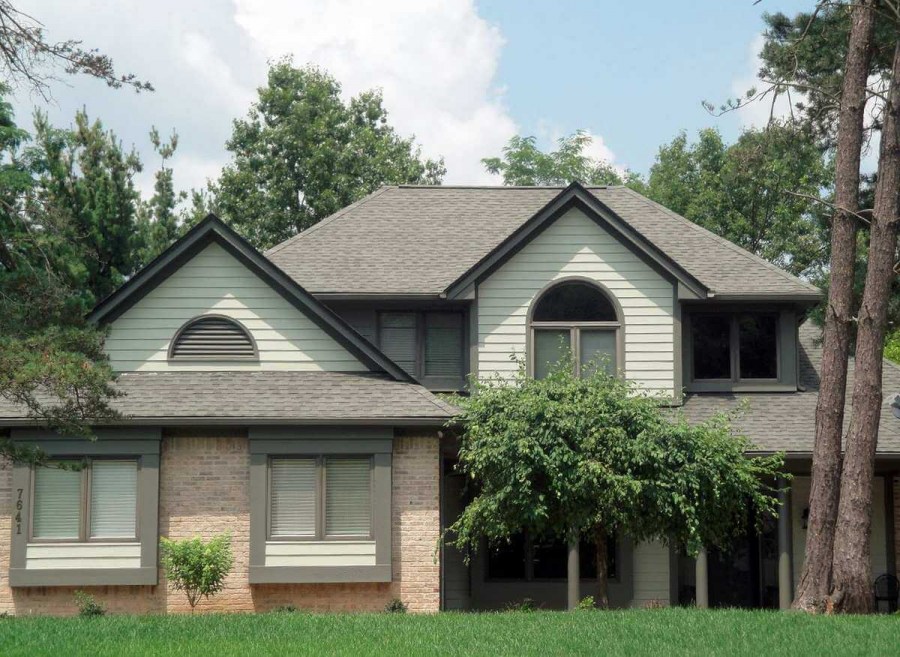

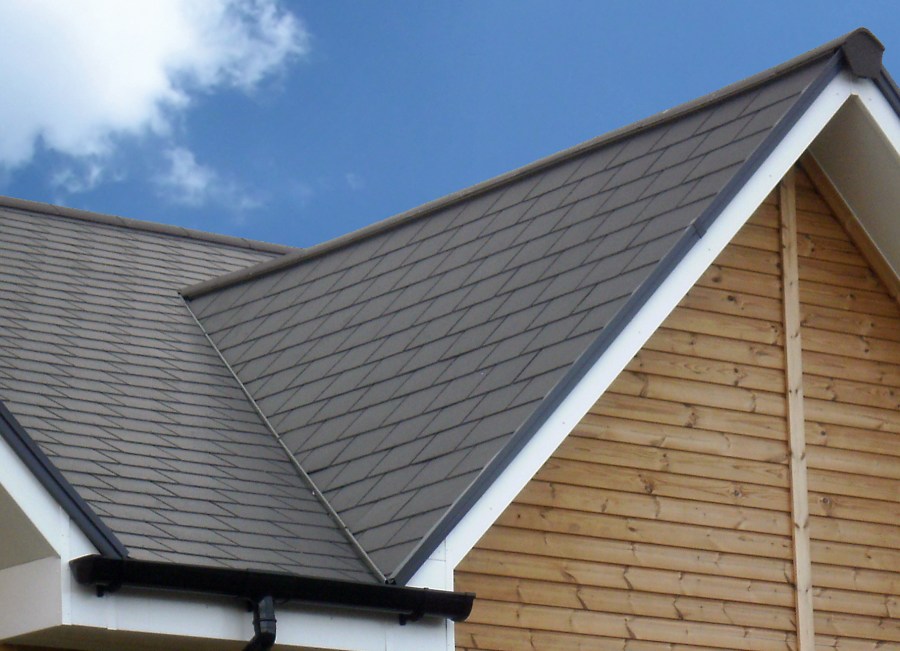
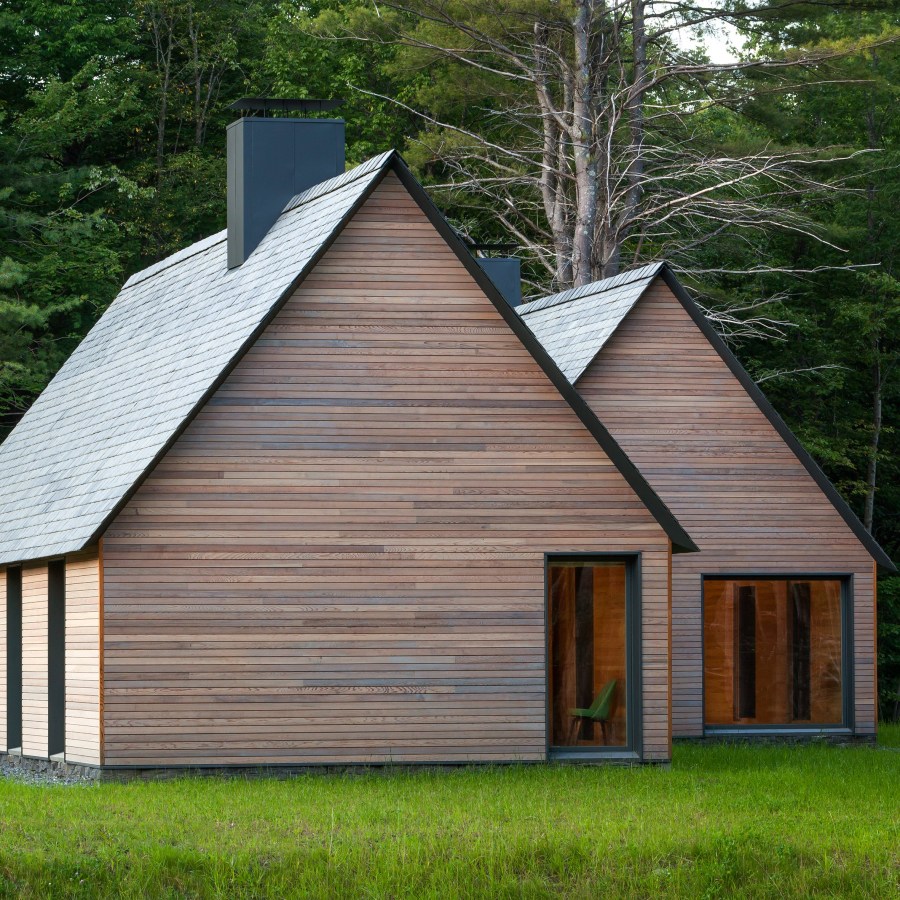
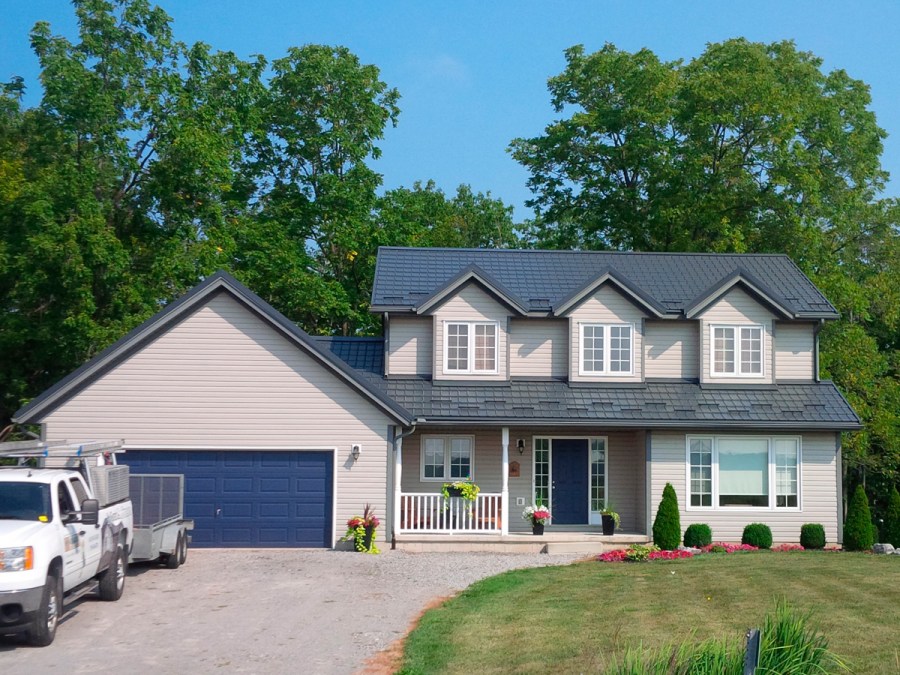

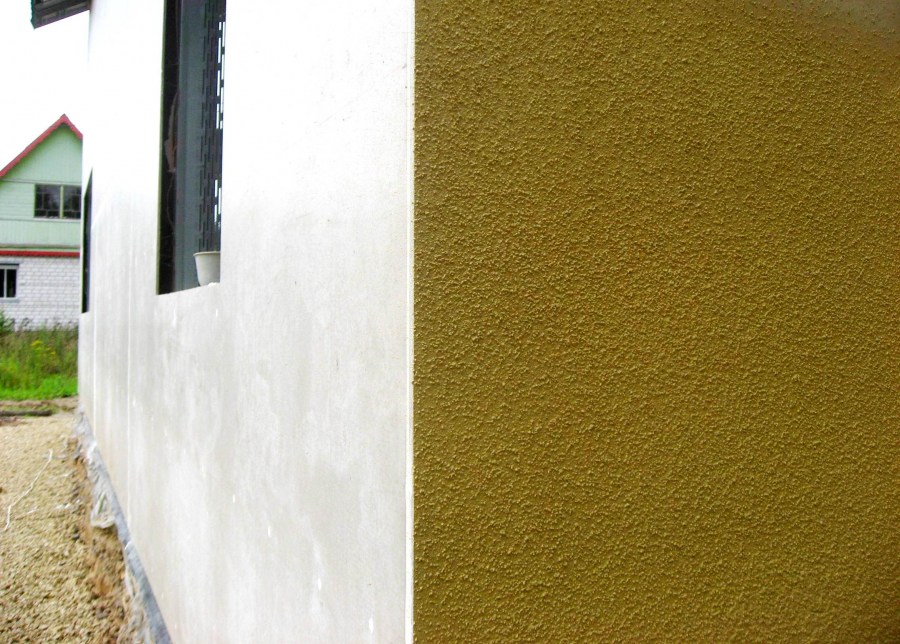
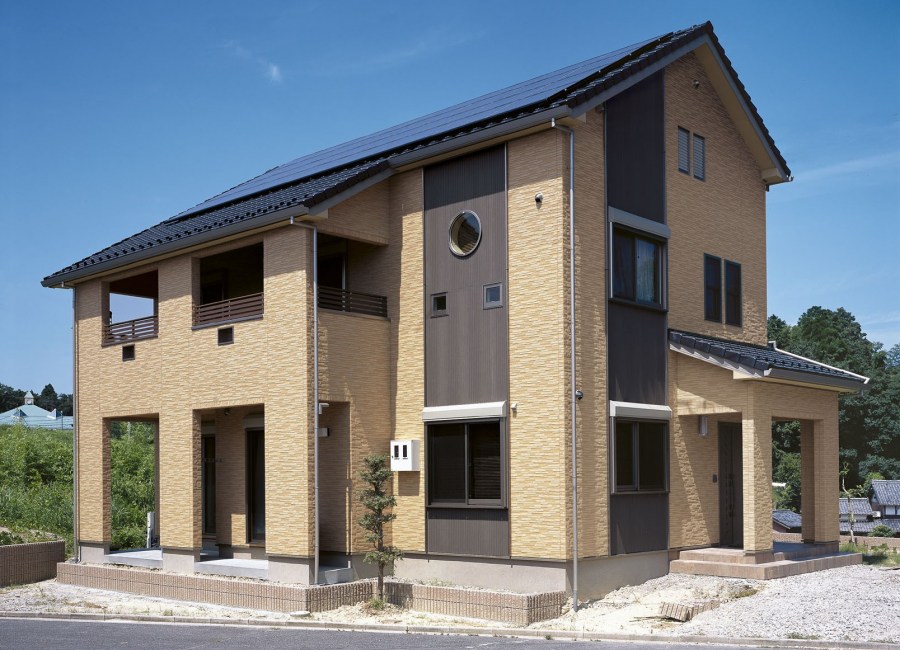
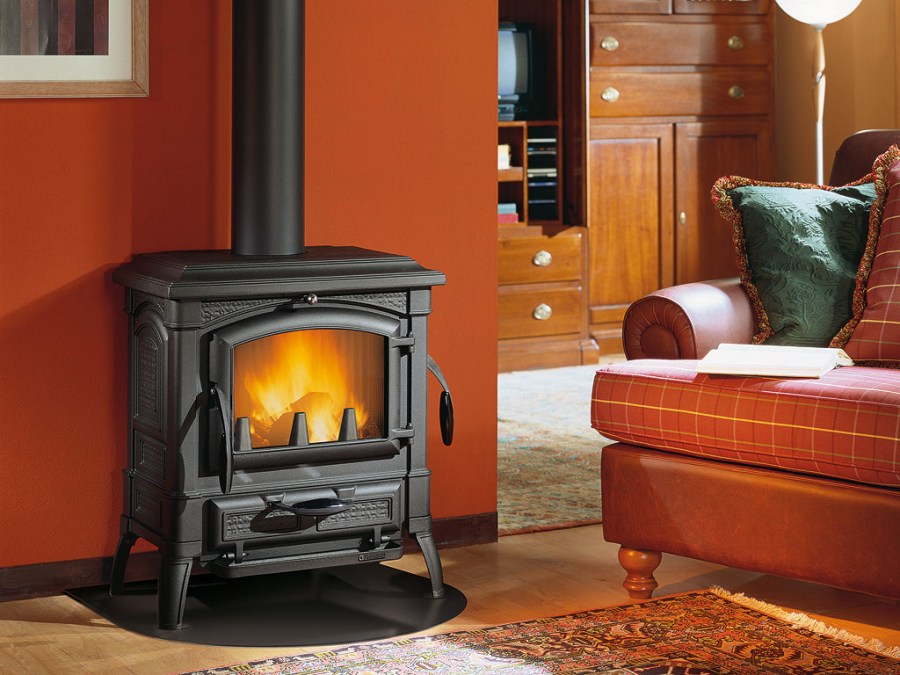


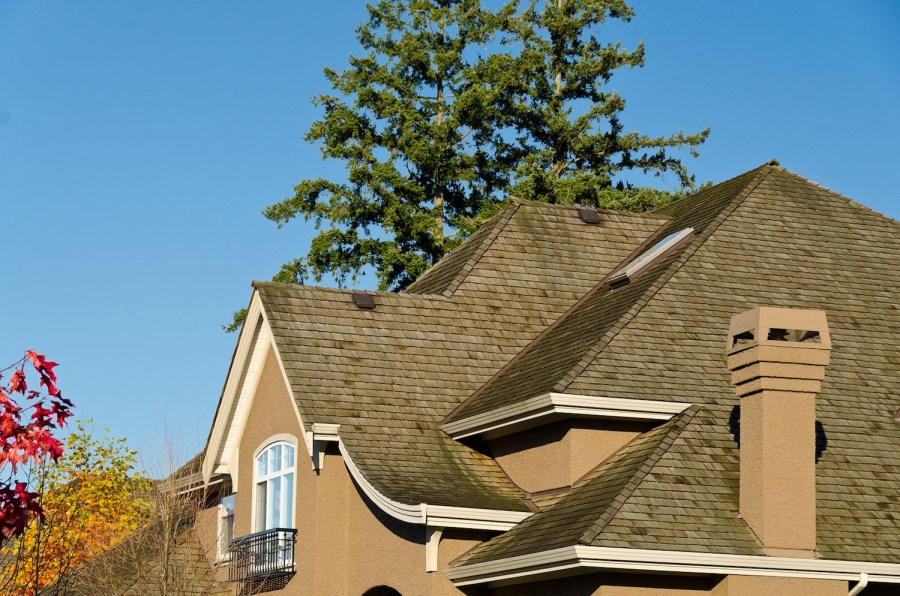
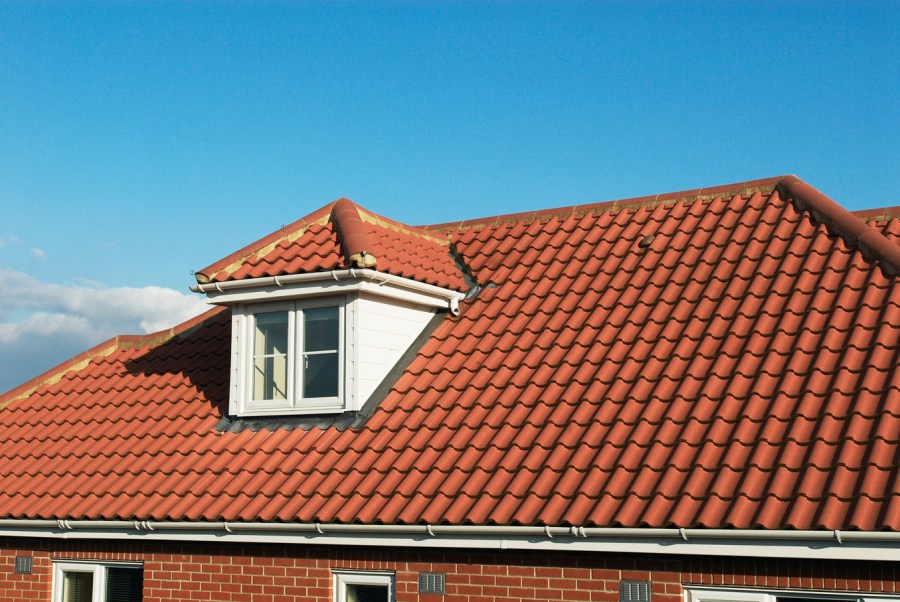
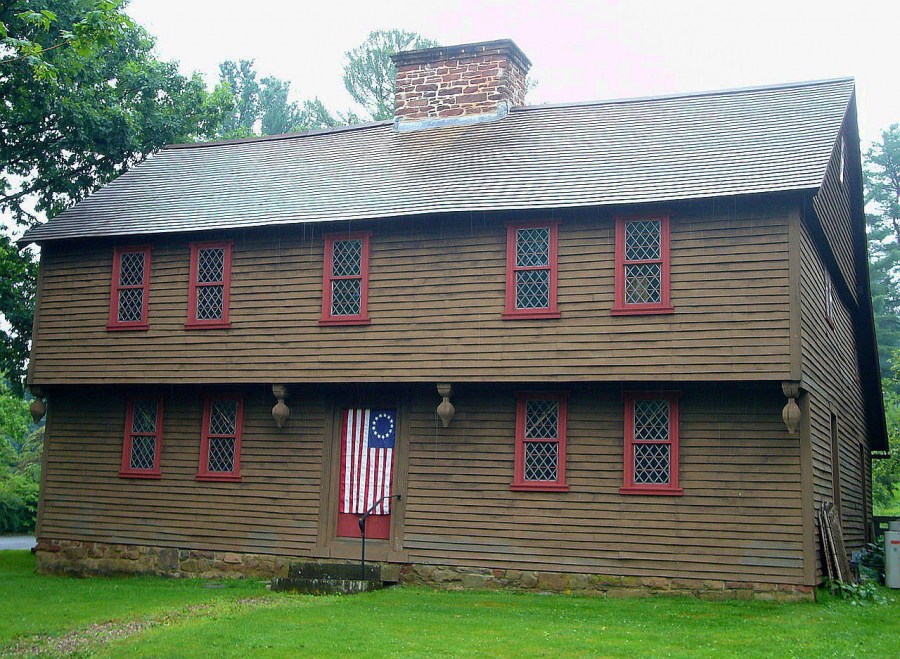
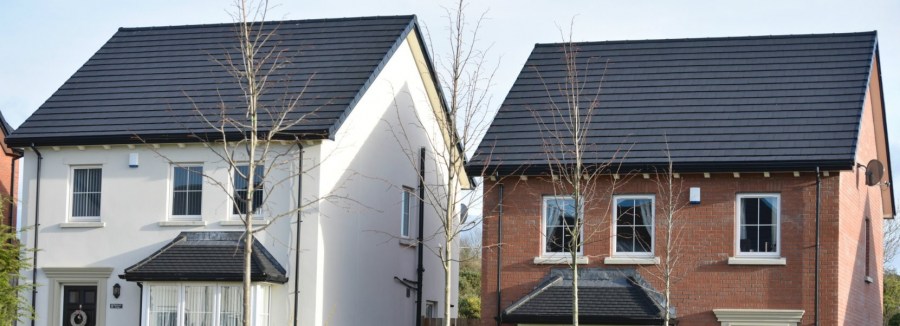
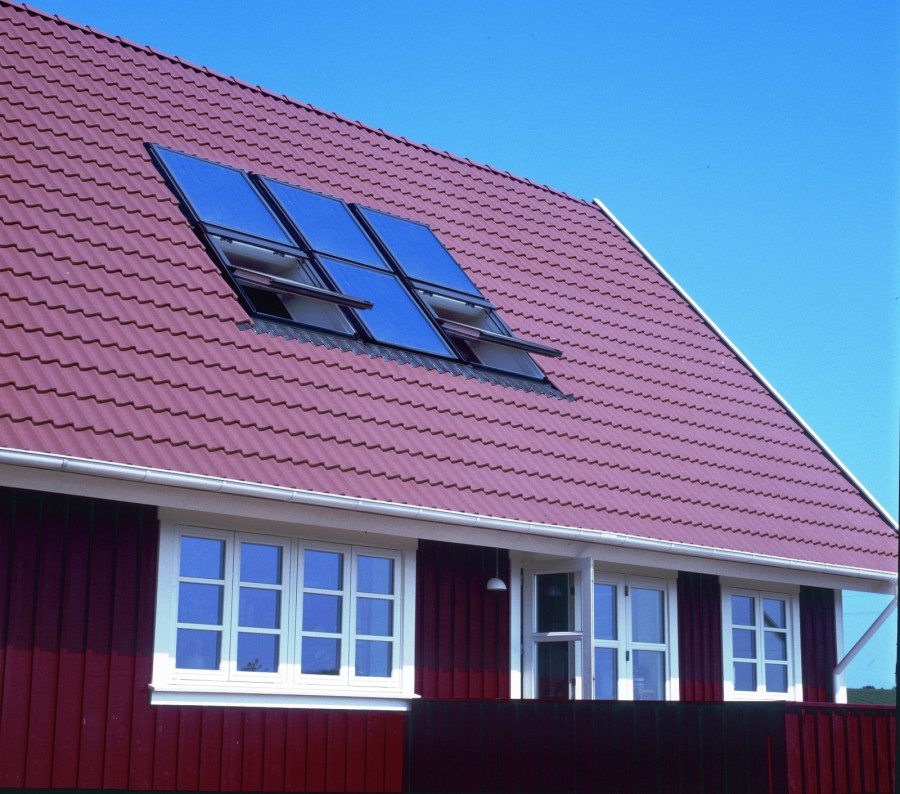

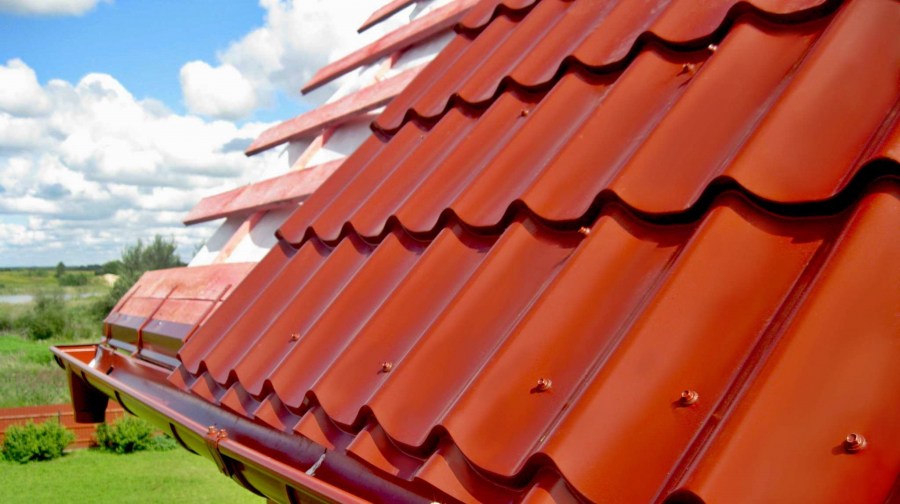

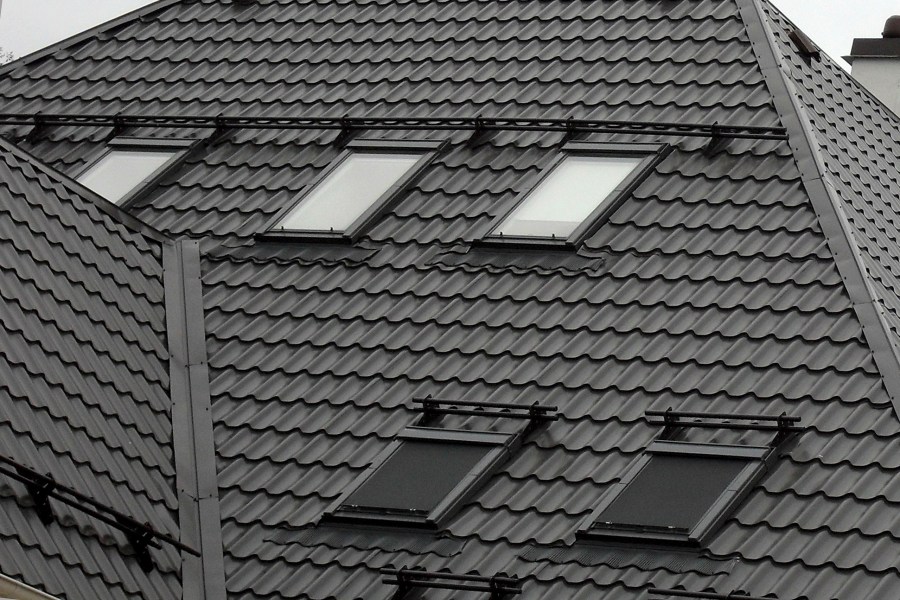
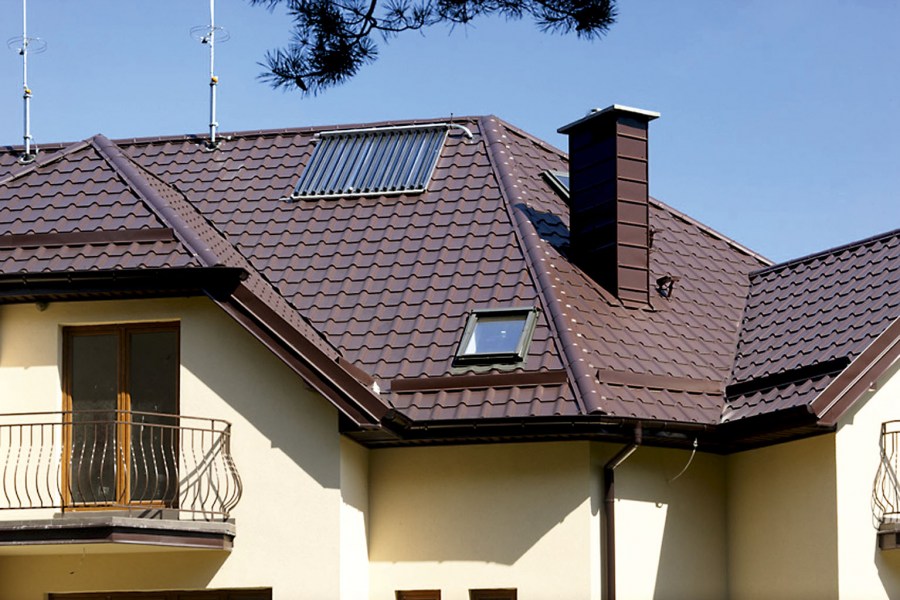




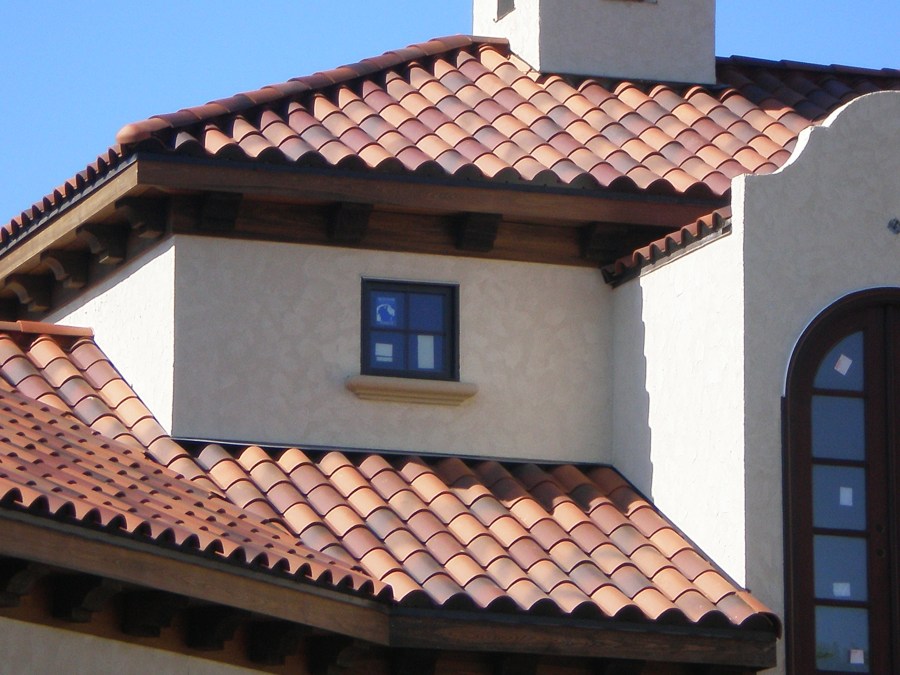
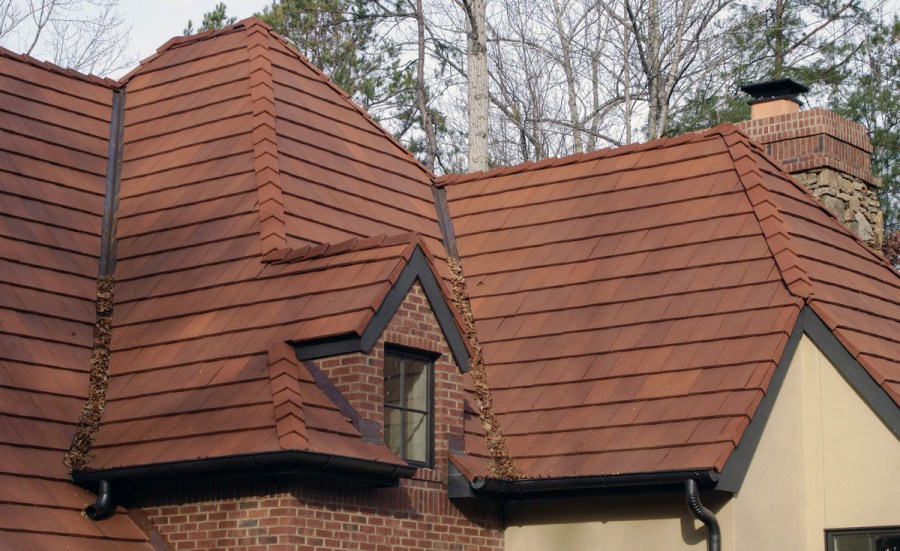

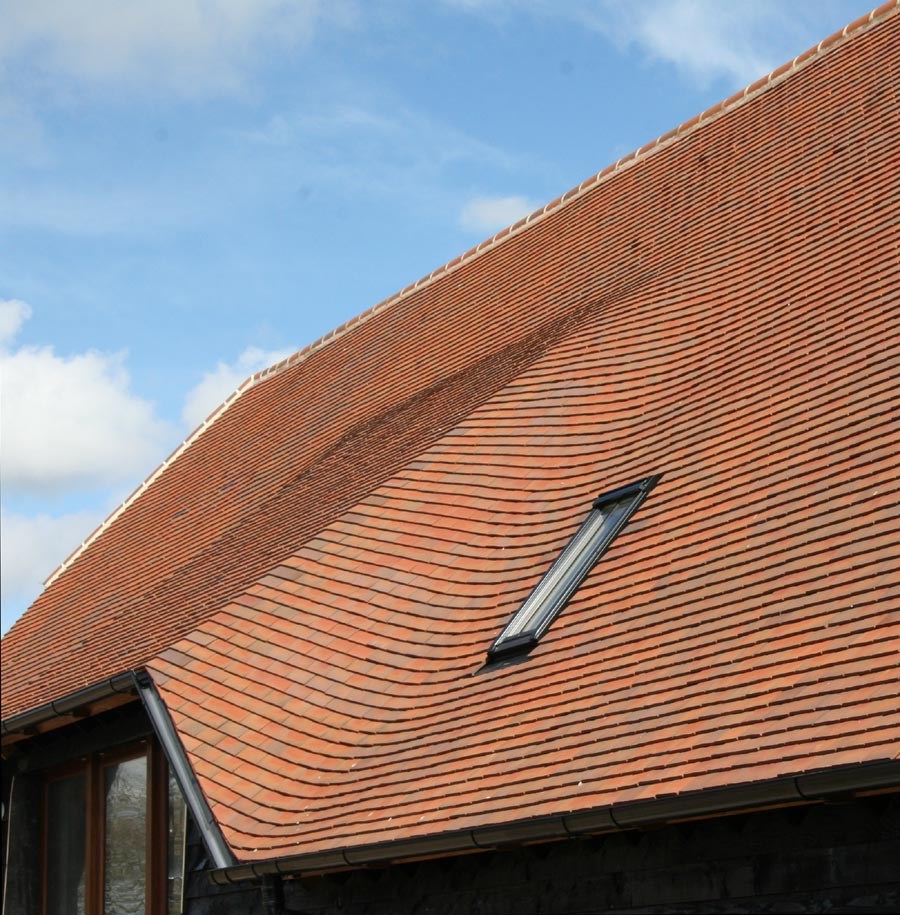
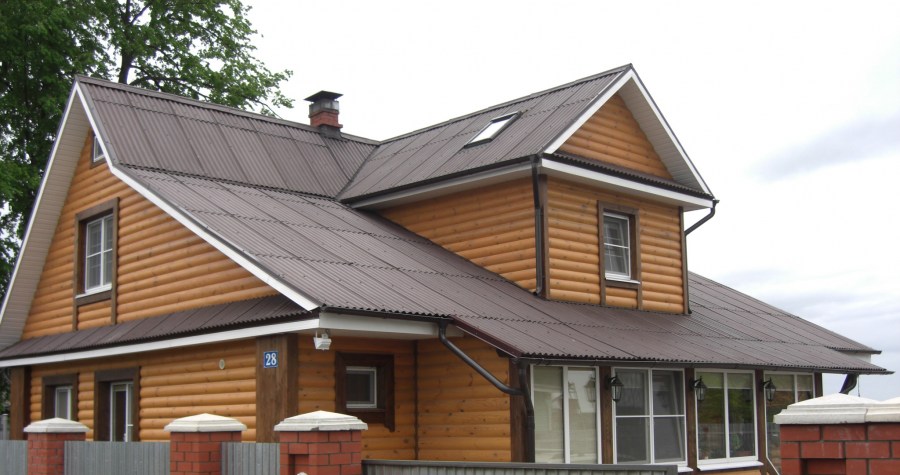
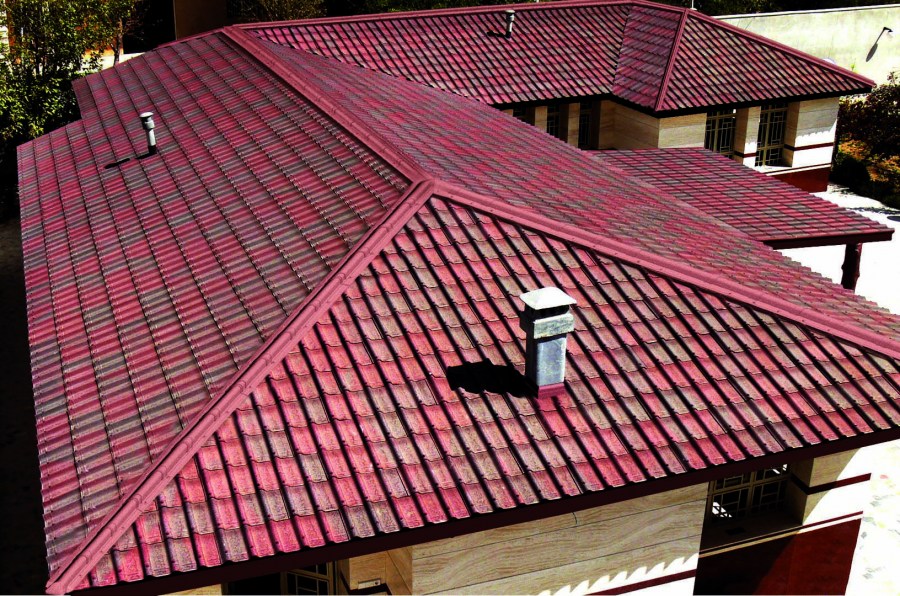
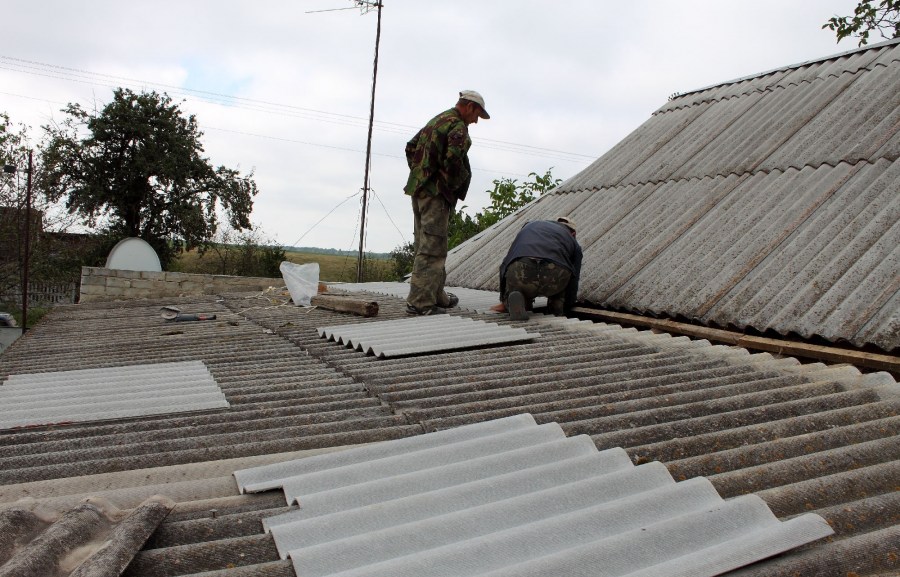


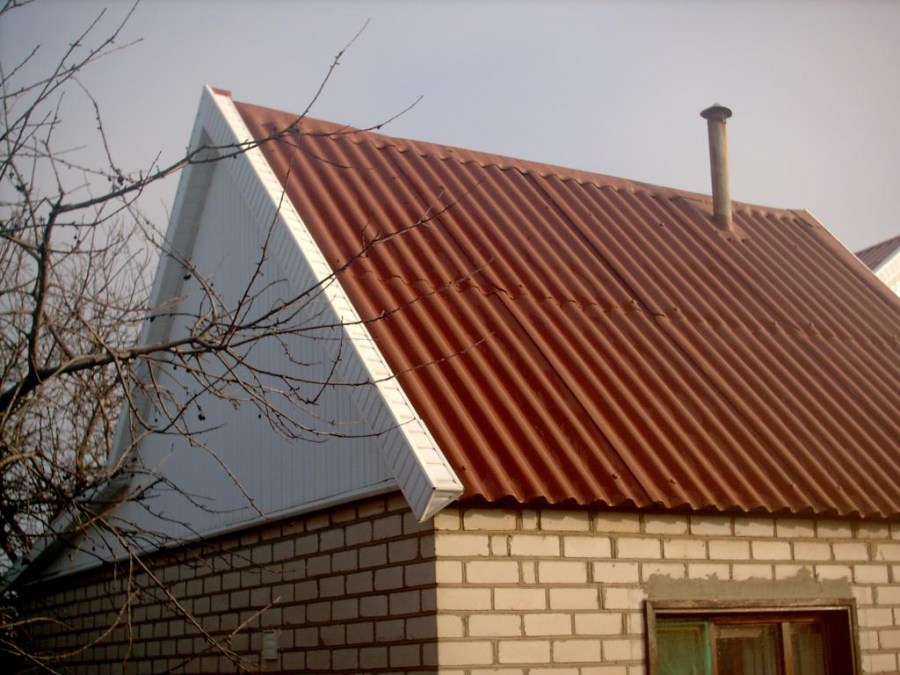
The soft tile is durable, well protects the house from the sound of rain, from the cold and from the penetration of water. It costs relatively inexpensive, soft tile price here from four hundred rubles per square meter. And the house with a tiled roof looks very nice. Soft tiles are easy to transport and install.
For me, the metal tile looks much more beautiful and richer. Yes, and the price is inexpensive. Thank you for the selection.